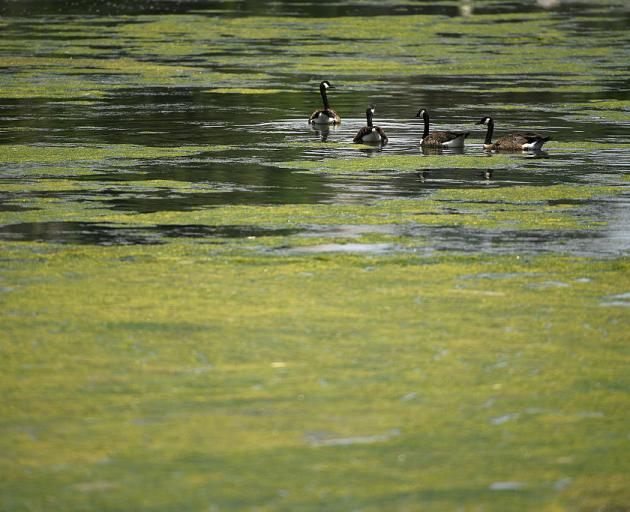
The warning was issued on January 6 after potentially toxic algae (benthic cyanobacteria) was found in the river.
However, surveys of the river at the Rangiora-Loburn Bridge (also called the Cones Road Bridge) have shown the cover of potentially toxic algae has decreased and is now below a threshold that is of concern to public health.
"This rapid decrease in cover is due to the intermittent flows at this site," Canterbury Medical Officer of Health Alistair Humphrey says.
"Environment Canterbury’s sampling of the river at the Rangiora-Loburn Bridge will continue to the end of March and then resume at the beginning of next summer when there is increased likelihood of cyanobacteria growth."
A health warning remains in place for the Ashely/Rakahuri River at State Highway 1.
Facts about cyanobateria:
- Appears as dark brown/black mats attached to rocks along the riverbed.
- A low cover of the algae can occur naturally but can increase rapidly during warmer months. Algal blooms are influenced by a combination of available nutrients in the water and sediments (such as nitrogen and phosphorus), a sustained period of low and stable flows, and favourable weather conditions (e.g. increased temperature, calm days).
- It often has a strong musty smell and algal toxin concentrations can vary over short periods.
- Although high river levels will remove the algal bloom, detached mats can accumulate along the shore and increase the risk of exposure to toxins.
- If a health warning is in place avoid contact with the water.
- Although district or city councils may place warning signs, these may not be seen at the numerous river access points, hence the need for people/ dog-walkers to treat every low-flowing river cautiously.













